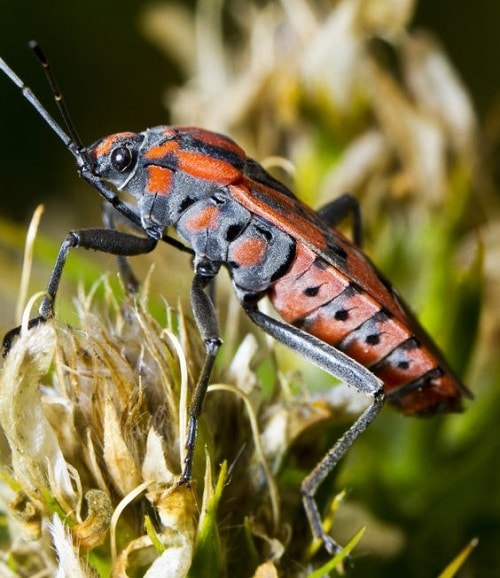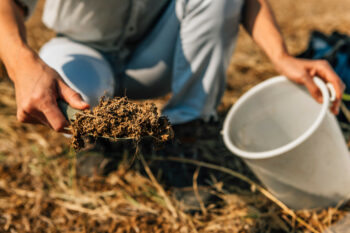Chinch bug infestations can be tricky to spot, as the bugs themselves are tiny, and the damage they inflict on your lawn looks very much like the aftermath of a summer drought. They create unsightly yellow patches with no discernible pattern, unlike the circles commonly caused by lawn disease.
A well-irrigated yard with this type of damage is a good indicator that chinch bugs have been spreading through the soil. Unfortunately, they thrive on common North Texas turfs such as Zoysia and St. Augustine grass.
They are most likely to proliferate in the summer, and can be very difficult to spot because of their size. Putting a bit of dirt into a can with water, and then stirring it, will cause the miniscule bugs to rise to the top.
The pattern in your lawn that is created by their damage can vary widely, making it very hard to positively identify as a chinch bug infestation. One thing to look for is the seeming randomness of any noticeable damage, as that is a fairly reliable indicator that the culprit is not fungal. This is especially true if you’ve kept your yard well-watered, leaving minimal opportunity for dry spots.
Sudden onset of visible damage is also a potential indicator of the presence of chinch bugs rather than fungus, as fungal rot takes awhile to establish and become noticeable.
If a chinch bug infestation has been positively identified, the best course of action is consulting a professional landscaping company to conduct a pesticide treatment.
Ryno Lawn Care is well-prepared to with this task.
Additional Pest-Related Services:





